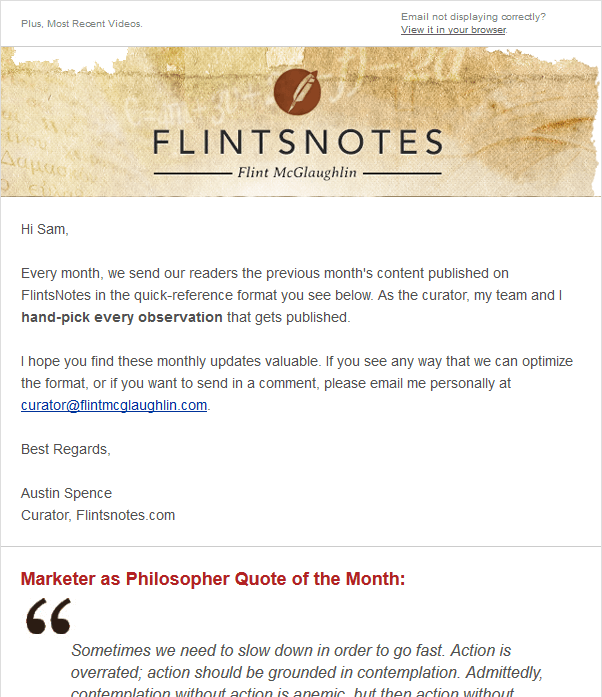The traditional funnel diagram is wrong. People don’t fall into the funnel; they fall out. Gravity does not work for the marketer. It works against the marketer.
The funnel diagram should be inverted. In fact, it might better be represented as a tower. The prospect climbs it, and the force which ATTRACTS the “offer-to” (the prospect) upward is the VP(f). Each step involves a micro-decision, in effect a “micro-yes”. The culmination of the micro-yes(s) is the “ultimate-yes”. The process involving these decisions is called the thought sequence.
Thus we have the following diagram…
At each juncture, each step, there is an “ask”, and a potential “yes”. There is also a potential “no”. This involves “an-easy-to-underestimate” risk. It will take a long chain of yes(s) to achieve an ultimate-yes (a sale). But a single “no”, along this upward path can stop all progress. This “no” can be caused by a number of factors. Here follows five common examples:
(1) An “ask” to the wrong person
(2) An “ask” without sufficient value force
(3) An “ask” with too much cost force
(4) An “ask” that is premature (in the thought sequence)
(5) An “ask” for too much



